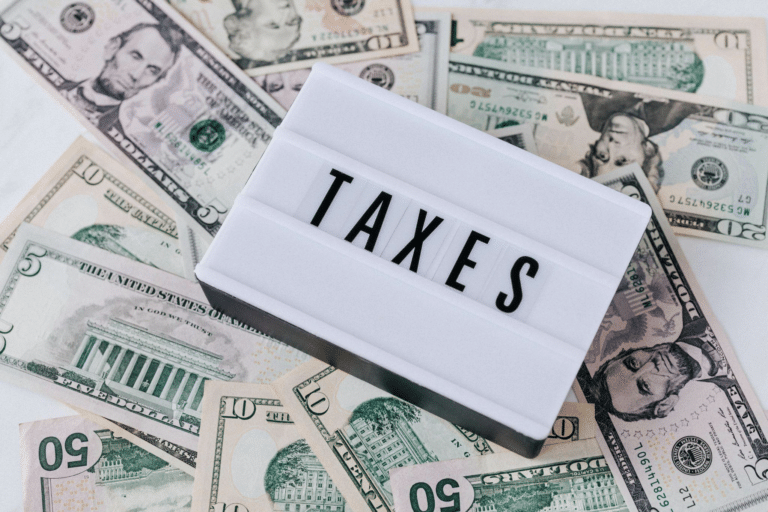
The US sports betting regulatory framework is richly varied, resulting in a complex matrix of tax rates and rules that differ greatly between states. This variance affects everything from operational strategy to the final returns on betting slips, creating a complex environment for operators, regulators, and bettors.
The Highs and Lows: Pennsylvania and Tennessee Tax Regimes
Pennsylvania stands out with a notably high tax rate of 36% on sports betting revenue. This figure belies the actual burden due to deductions for promotions and revenue losses, which effectively reduce it to approximately 24%.
This state also distinguished itself by imposing a $10 million licensure fee, aiming for a substantial immediate revenue boost. Since legalizing sports wagering in 2018, Pennsylvania has accrued $470 million in taxes, placing it second only to New York in terms of revenue generated from sports betting taxes.
On the other end of the spectrum, states like Arizona, Iowa, and Nevada offer much lower tax rates, making them more favorable environments for sports betting operators and, indirectly, bettors. Arizona applies an 8% tax on retail betting and 10% on online betting, though the effective tax rate falls to a mere 3.6% when accounting for exemptions and promotions.
Lowa and Nevada both set their rates at 6.75%. Tennessee introduces an unconventional approach by taxing every dollar at 1.85%, not just the revenue, underscoring the variety of tax regimes nationwide.
The Cost of Doing Business: Licensing Fees Across States
Sports betting in the United States is significantly influenced by the tax rates imposed by different states and the varying costs associated with obtaining the necessary licenses to operate. These licensing fees can range widely, reflecting each state’s strategic approach to regulating and benefiting from sports betting within their jurisdictions.
For instance, Pennsylvania sets a notably high benchmark of licensing fees for sports betting operations. The fee is among the highest in the nation and illustrates the state’s aggressive stance on capitalizing financially from the sports betting industry. In contrast, states like Nevada charge a minimal fee of $500, making them attractive destinations for operators looking to enter the sports betting market.
Massachusetts demands a substantial $5 million fee, highlighting the state’s intent to create a high-entry barrier for operators. The state may be aiming to ensure only serious and financially stable entities enter the market. Massachusetts Betting Sites operate within a framework designed to balance market accessibility with fiscal and regulatory prudence.
Similarly, Washington D.C. requires a $500,000 licensing fee, indicating a rigorous approach to regulating the market and ensuring that it contributes significantly to the state’s revenue.
The Impact on Bettors: State Tax on Gambling Winnings
The direct impact of these tax structures on bettors revolves around the potential returns on their wagers and the promotions operators can afford to offer. High-tax states may see fewer or less generous promotions and bonuses as operators must navigate the financial burdens imposed by the state.
Additionally, the individual state’s approach to taxing gambling winnings further complicates the financial landscape for bettors. States like Arizona, Arkansas, and California tax gambling winnings as part of the bettor’s total annual income, with rates varying based on income brackets. For example, California’s tax on gambling winnings can range from 1.0% at the lowest end to 13.3% at the highest. In contrast, Colorado employs a flat tax rate of 4.63% on total income, regardless of the amount won from gambling.
The Effective Tax Rate: A Closer Look
Exploring the nuances behind the statutory and effective tax rates on sports betting in various states reveals the industry’s financial landscape’s complexity. The disparity between these rates is largely due to deduction allowances, such as promotional spending, which can significantly lower the actual tax paid compared to the nominal rate set by legislation.
Due to various deductions and credits, operators’ effective tax rate can differ notably from the statutory rate. New Jersey, for example, has collected $169.5 million in taxes from sports betting revenues, resulting in an effective tax rate of 12.5%, closely aligning with its statutory rates.
Moreover, the effective tax rate’s impact extends beyond the fiscal implications for sports betting operators; it also influences tax revenue allocation to various state-funded initiatives. In Tennessee, for example, sports betting tax revenue supports education, local infrastructure projects, and problem gambling programs.
Maryland dedicates all its sports betting tax proceeds to the Blueprint for Maryland’s Future Fund, aimed at education enhancements. This allocation underscores the potential benefits of sports betting taxation for state budgets and community projects, albeit moderated by the realities of effective tax rates.
The variability of sports betting tax rates and the specific deductions allowed underscore the complexity of regulating and taxing this burgeoning industry. While some states have successfully harnessed sports betting as a significant revenue source, the adjustments and learning experiences along the way highlight the challenges of balancing operator incentives with public financial benefits.
Understanding the intricate web of state-by-state tax variations is crucial for both bettors and operators in navigating the US sports betting landscape. The diversity in taxation, from high rates in Pennsylvania and New York to more lenient regimes in Nevada and Tennessee, directly affects the profitability of sports betting operations and the market’s attractiveness for participants.


